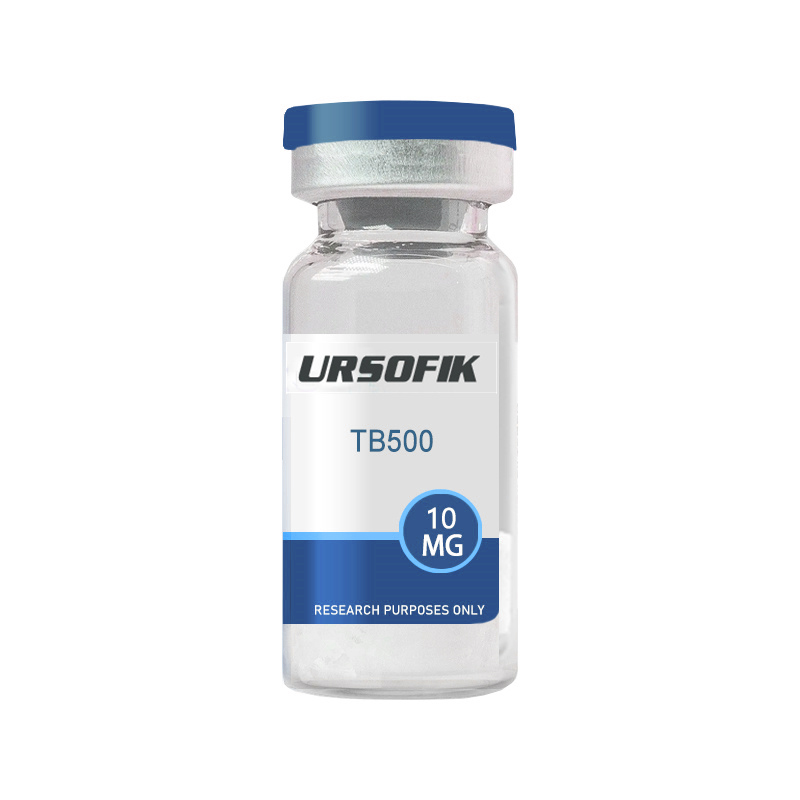

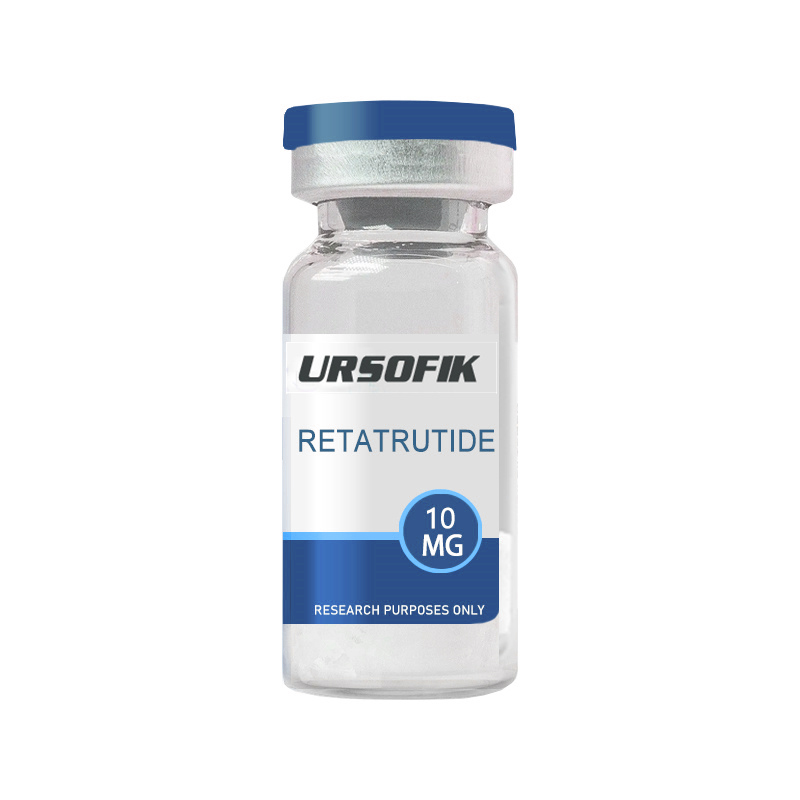
How does Retatrutide work? Retatrutide may function by activating multiple receptors, including those for glucagon-like peptide-1 (GLP-1), glucose-dependent insulinotropic polypeptide (GIP), and glucagon. This multi-receptor activity could lead to enhanced insulin secretion, reduced appetite, and increased energy expenditure. The compound is being studied for its potential influence on the central nervous system, gastrointestinal tract, and peripheral tissues. and peripheral tissues. Potential Benefits of Retatrutide Studies on Retatrutide suggest that it may offer a variety of potential benefits, including: Weight Management: By potentially reducing appetite and increasing energy expenditure, Retatrutide may help manage weight. Improving Glycemic Control: The compound may enhance insulin secretion and sensitivity, helping to better regulate blood sugar. Lipid Metabolism: Retatrutide peptides can affect lipid metabolism, potentially reducing lipid levels and improving cardiovascular health markers. Broad Metabolic Effects: Due to Retatrutide's multi-receptor effects, it may offer a wide range of metabolic benefits to study sub ...
Read More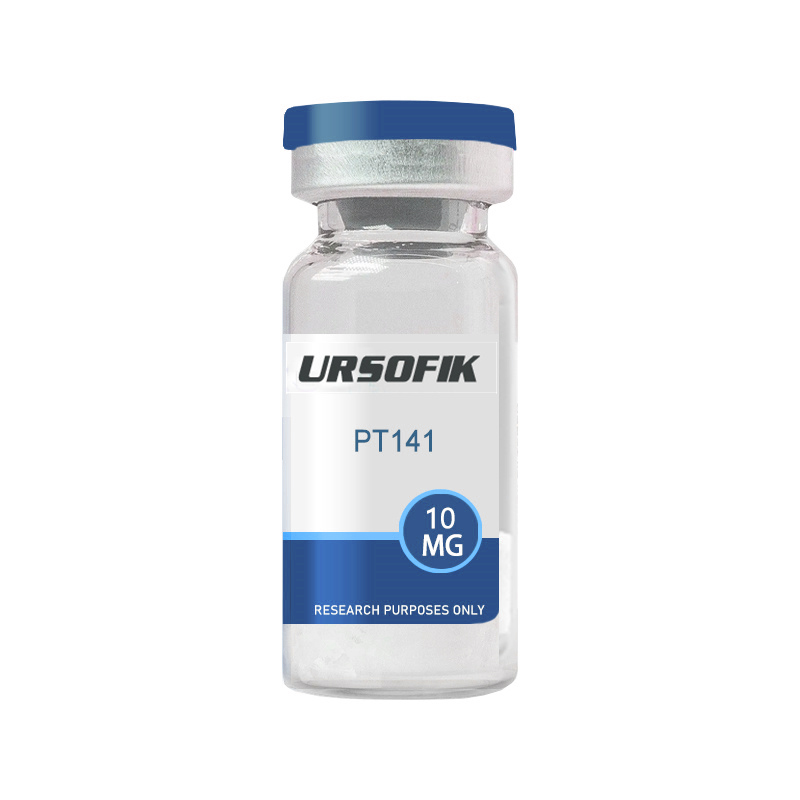
Description PT-141, also known as bremelanotide, is an innovative new peptide hormone therapy for men and women that improves sexual function. PT-141 is an effective and highly effective treatment for erectile dysfunction and increased libido in men, and for improving sexual arousal disorders in women. PT 141 peptide gives you desire and drive while increasing blood flow to the penis or vagina and clitoris, restoring intimacy and passion to your relationship. PT 141 addresses these issues and helps resolve sexual difficulties. PT-141 works directly through the nervous system to increase arousal, desire, and sexual satisfaction. Drugs such as Viagra and Cialis work through the vascular system and only give you an erection. However, PT-141 not only gives you an erection, it also gives you desire and drive, restoring intimacy and passion to your relationship. Benefits of PT 141 PT 141 works by stimulating melanocortin receptors in the brain. It can be injected subcutaneously or inhaled through the nose to treat sexual dysfunction. It is known to work quickly, usually in less than an hour. This peptide can offer many benefits to men and women with decreased libido and sexual performance. Trea ...
Read More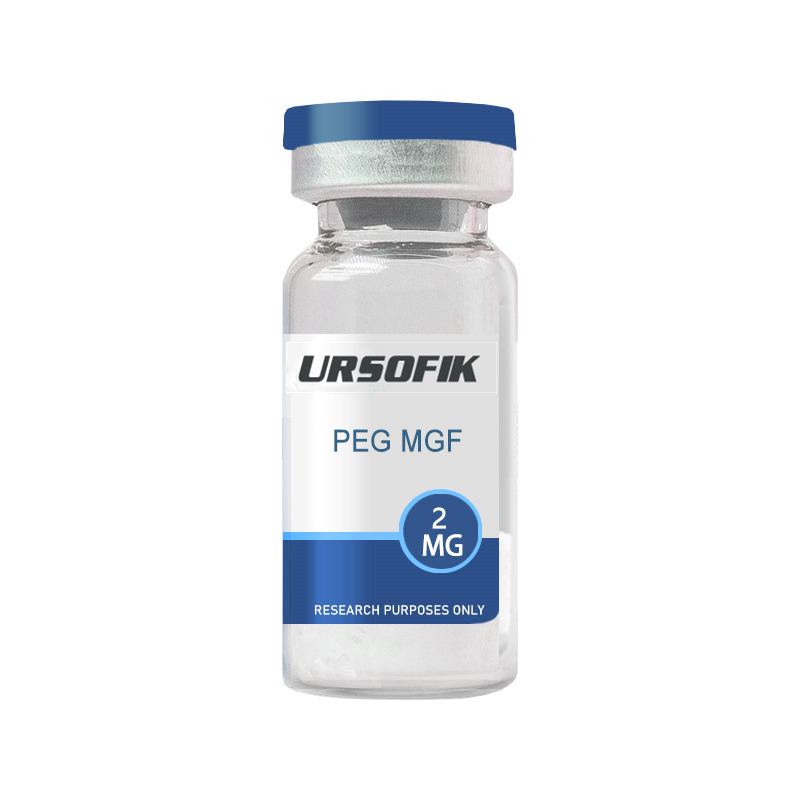
What is PEG-MGF peptide? PEG MGF, short for PEGylated mechano-growth factor, is a two-component anabolic peptide. PEG MGF is a well-known derivative of the compound insulin-like growth factor-1 (IGF-1). IGF-1 is thought to play an important role in the regulation of growth hormone (GH). In addition, this chemical may also help promote bone and tissue growth. PEG MGF promotes muscle growth by prompting various receptors to drive myoblasts to divide. Several studies have also shown that PEG MGF can increase the number of muscle stem cells that bind to existing muscle cells, thereby promoting muscle growth. PEG MGF has a short half-life of about 5 to 7 minutes. To address this, this experimental chemical is PEGylated. PEGylation is performed by adding polyethylene glycol (PEG) to the peptide. By adding the PEG group, the half-life of MGF can be safely and effectively extended to 48-72 hours. Possible Applications of PEGylated Mechano-Growth Factor Peptides: PEG MGF Peptides and Bone Repair In the animal model mouse, MGF treatment improved the migration of chondrocytes (cells responsible for cartilage formation) from the bone to the cartilage where they are needed. PEGylated Me ...
Read More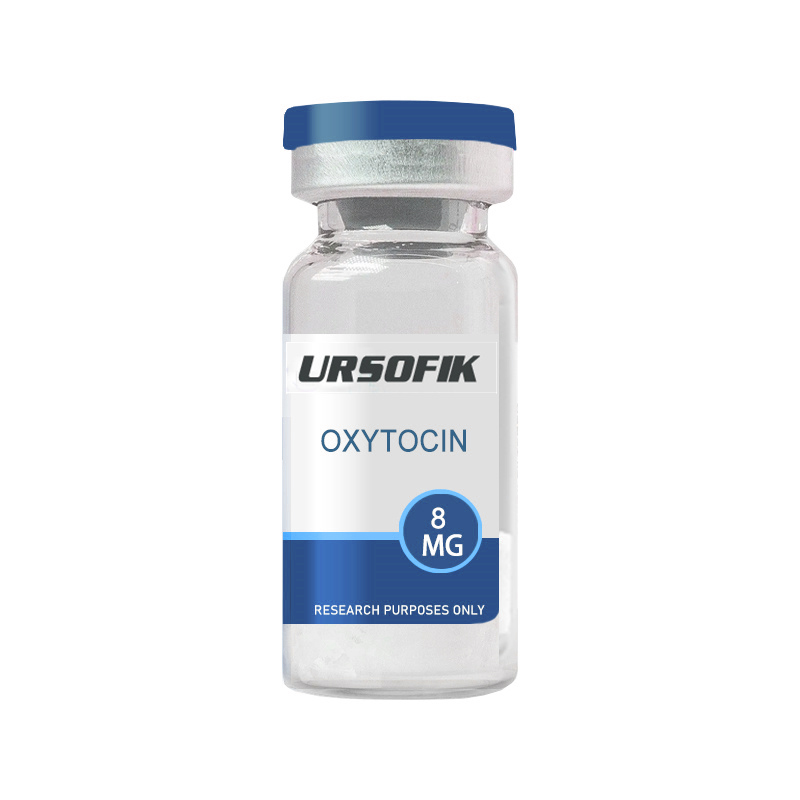
What is oxytocin? The peptide hormone is made up of 9 amino acids. It is produced in the hypothalamus, an area of the brain that controls heart rate, blood pressure, and digestion. OT is released into the bloodstream by the posterior pituitary gland. Oxytocin was discovered by Sir Henry Dale in 1996. He found that extracts from the posterior pituitary gland of humans caused the uterus of pregnant cats to contract. Sir Henry Dale also coined the name oxytocin, which means "quick labor" in Greek. This peptide hormone controls many functions. It has an impact on labor, milk secretion during breastfeeding, and bonding with newborns in humans. It also plays an important role in sexual arousal, romantic attachment, and other social interactions. It is also known as the "love hormone." A 2012 study found that levels of this hormone were significantly higher in newly-in-love people than in singles. The findings suggest that it may play an important role in the initial stages of a relationship. Pure Rawz sells this product for research use only. How does oxytocin work? Research suggests that it interacts with neural pathways responsible for processing motivation-related stimuli. In particular, ...
Read More
NAD+ Research A large number of animal and human studies have been conducted on the potential applications of NAD+. Here are some relevant findings: NAD+ Anti-Aging Many people are looking for anti-aging secrets, and a study found that nicotinamide adenine dinucleotide (NAD+) levels decline with age, which may cause cell damage and may shorten lifespan. NAD+ acts as an enzyme cofactor and substrate for a variety of regulatory proteins in many important biological pathways. A large number of studies have shown that increasing NAD+ levels in tissues or cells can slow the aging process. The safety and efficacy of NAD+ have been clinically studied. There is evidence that supplementing NAD+ precursors or inhibiting NAD+ degradation may enhance metabolic activity. Studies have shown that supplementing NAD+ precursors can slow the aging process in mice. To date, the anti-aging properties of NAD+ have not been confirmed in humans. The role of NAD+ in neurodegenerative diseases Several articles mentioned that NAD+ depletion has been observed in both normal and accelerated aging. Neurodegeneration is seen in several accelerated aging diseas ...
Read More
Class of Compound: Peptide Mechanism of Action: While the precise mechanism of action of MOTS-c is currently under investigation, it is hypothesized that its metabolic effects are mediated through its translocation to the nucleus and subsequent activation of AMPK. Notable Studies: · MOTS-c peptide regulates adipose homeostasis to prevent ovariectomy-induced metabolic dysfunction. · The mitochondrial-derived peptide MOTS-c promotes metabolic homeostasis and reduces obesity and insulin resistance. · MOTS-c Functionally Prevents Metabolic Disorders. Metabolites. What is MOTS-c? MOTS-c , is a mitochondrial-derived peptide, consisting of 16 residues encoded by the 12S rRNA region of the mitochondrial genome. This means that the genetic information that is translated into the peptide’s amino acid sequence has not been processed into a strip of mRNA. Rather, the peptide is translated from a strand of rRNA whose main role is not to carry genetic information but to help ribosomes work in processing such information. MOTS-cwas discovered in 2015 and has s ...
Read More
Mechanism of Action: Melanotan II is an agonist of melanocortin receptors 1 and 4 (MC-1R and MC-4R), which respectively regulate melanin production and male erectile function. It is also believed to stimulate MC-3R, which affects appetite and energy levels. Notable Studies: · Evaluation of melanotan-II, a superpotent cyclic melanotropic peptide in a pilot phase-I clinical study · Melanocortin receptor agonists, penile erection, and sexual motivation: human studies with Melanotan 2 · An unhealthy glow? A review of Melanotan use and associated clinical outcomes What is Melanotan 2? Melanotan 2 is a synthetic analogue of alpha-melanocyte-stimulating hormone (α-MSH). The molecule was first developed in the 1980s by University of Arizona researchers, who were looking to clarify the nature and role of the melanocortin receptors in physiological functions. Namely, the peptide was intended to be used as a sunless tanning agent, but was subsequently found to strongly affect sexual function and appetite . Melanotan 2 (MT-II) should not be confused with another ...
Read More
Mechanism of Action Melanotan I is an agonist of melanocortin receptors 1, 3, 4, and 5, binding primarily to melanocortin receptor 1 to trigger melanin production. Notable Studies Increased eumelanin expression and tanning is induced by a superpotent melanotropin [Nle4-D-Phe7]-alpha-MSH in humans Effects of a superpotent melanotropic peptide in combination with solar UV radiation on tanning of the skin in human volunteers A phase II, randomised, open label pilot study to evaluate the efficacy and safety of two dosage regimens of subcutaneous bioresorbable afamelanotide implants in patients with mild to moderate acne vulgaris What is Melanotan I? Melanotan is a synthetic analogue of alpha-melanocyte-stimulating hormone, or α-MSH for short. α-MSH is one of a number of melanocortin peptide hormones in the body. Melanotan is typically injected or administered as an implant and binds to melanocortin receptors 1, 3, 4, and 5. There are two types of melanotan molecules: melanotan I and melanotan II. They have both been linked to increased melanin production and increased tanning of the skin. While there is strong research interest in both melanotan molecules, this review ...
Read More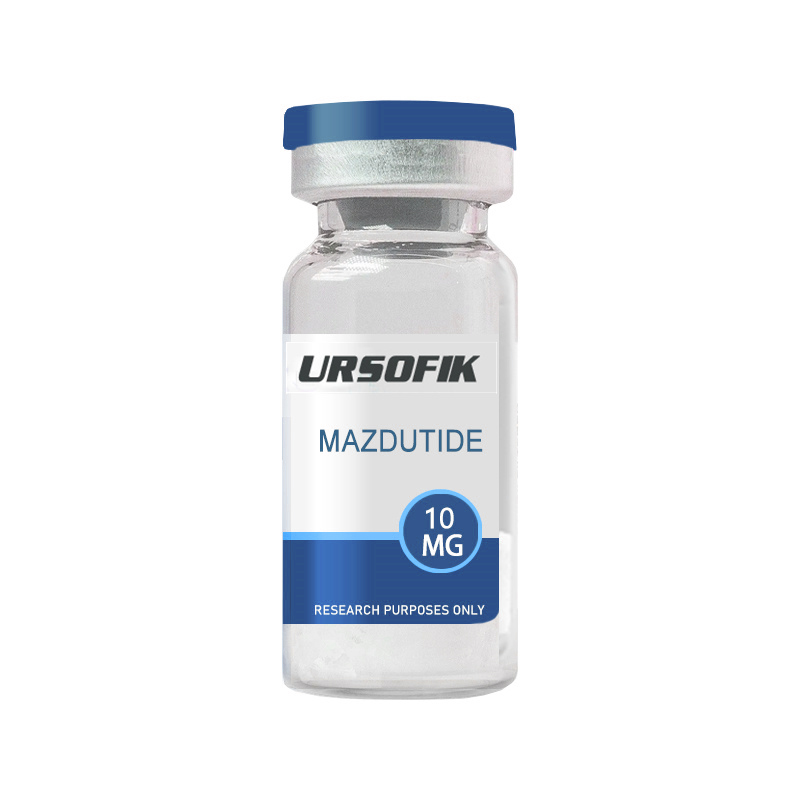
What is Mazdutide? Mazdutide 10MG, commonly referred to as a multi-agonist peptide, is an investigational compound being studied for its potential benefits in obesity and blood sugar management. Similar to compounds such as tirzepatide and semaglutide, mazdutide is known for its high efficacy. Researchers believe that it may significantly enhance weight loss when combined with a proper diet and exercise regimen. Additionally, studies are exploring its effects on metabolic regulation and conditions such as hypertension. How does Mazdutide work? Mazdutide stands out in obesity research due to its multifaceted mechanism of action: • Multi-receptor agonist Mazdutide targets multiple receptors involved in regulating metabolism. This action slows gastric emptying, lowers post-meal blood sugar levels, and promotes satiety. As a result, it can reduce food intake and improve energy balance. • Enhances satiety By acting on the satiety center of the brain, mazdutide helps reduce appetite and prolong feelings of fullness. This can reduce calorie intake and support weight loss efforts. • Glucose Optimization Mazdutide slows gastric emptying and regulates the release of insu ...
Read More
What is LL-37? LL-37, also known as CAP-18 (tensin-activated antimicrobial protein 18), is an antimicrobial peptide expressed in nearly all tissues and organs. It is produced by many cell types, including macrophages, airway epithelial cells, skin and ocular epithelial cells, and natural killer (NK) cells. Since its discovery in 1995, LL-37 has been studied in a number of ways. These studies have shown that LL-37 has anticancer effects in colon and gastric cancer. This natural peptide may also modulate the development of inflammatory and autoimmune diseases. LL-47 has been reported to exert a protective effect in a mouse model of collagen-induced arthritis. It has also been found to kill gram-negative bacteria through direct antimicrobial activity as well as regulation. In addition, it has been shown to promote wound closure in lung disease. LL-37 has also been shown to downregulate signaling of specific Toll-like receptors (TLRs), thereby reducing the production of pro-inflammatory cytokines. It also exhibits anti-inflammatory effects, primarily by blocking signaling in Gram-negative bacteria. The following are the functions that LL-37 has been shown to have: Regulate ...
Read More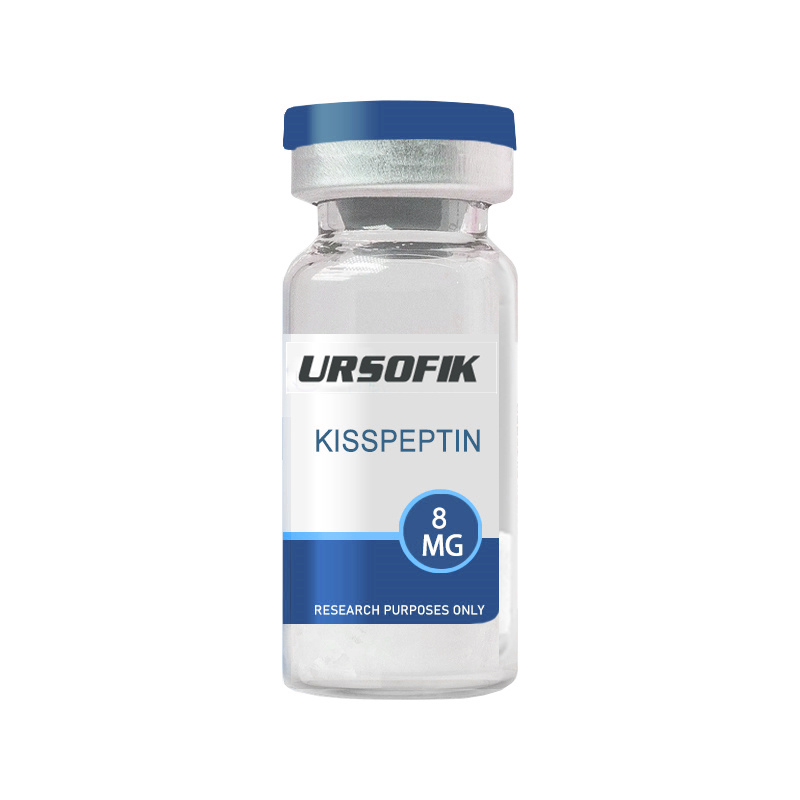
What is Kisspeptin-10? Kisspeptin-10 is an isoform of kisspeptin, the protein that controls your reproductive hormones. It performs essentially the same functions as its parent protein but has a different amino acid sequence. For instance, it has 10 amino acids compared to kisspeptin’s 145. Kisspeptin-10 is processed from Kisspeptin-54, another kisspeptin variant. Research has shown that it has a quicker onset of action than the longer kisspeptin isoform. While both isoforms have similar bioavailability, Kisspeptin-10 appears to have a shorter half-life. In clinical studies, Kisspeptin-10 was found to increase luteinizing hormone (LH), follicle-stimulating hormone (FSH), and testosterone in men. The peptide was also shown to stimulate gonadotropin release in women during the pre-ovulatory phase of the menstrual cycle. Kisspeptin-10 has also been shown to reactivate the hypothalamic-pituitary-gonadal axis in women with chronic amenorrhea, a condition characterized by missing one or more menstrual periods. The kisspeptin peptide induced a significant increase in LH and FSH levels. How Does Kisspept ...
Read More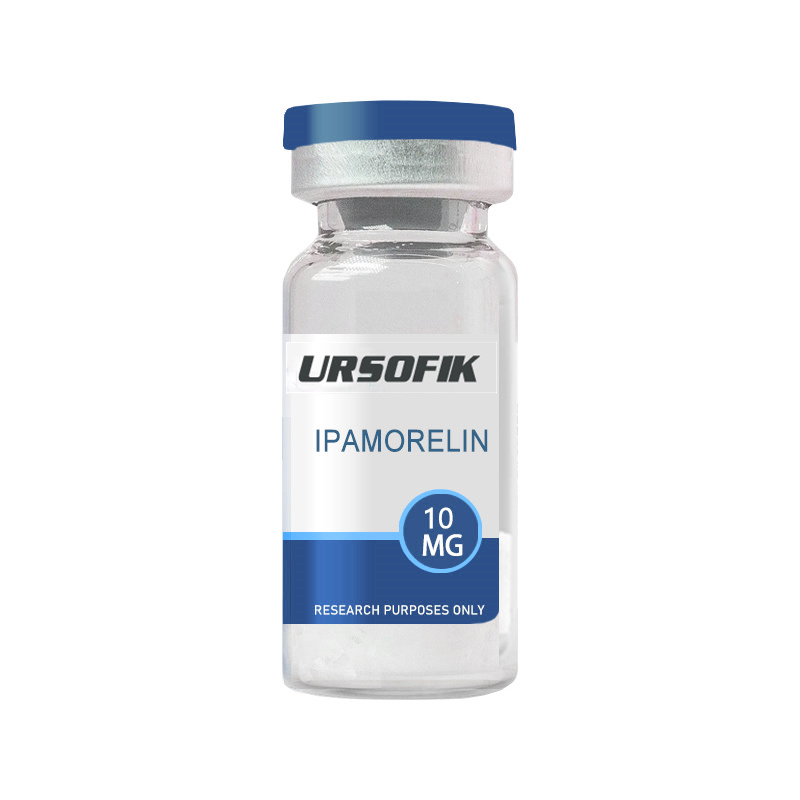
Compound Class: Peptide Mechanism of Action: Ipamorelin is a selective growth hormone secretagogue and ghrelin receptor agonist that triggers and stimulates growth hormone production by mimicking ghrelin. It binds to ghrelin receptors, stimulating growth hormone release, and inhibits somatostatin and suppresses its effects. Notable Studies: · Ipamorelin, the first selective growth hormone secretagogue · The growth hormone secretagogue ipamorelin counteracts glucocorticoid-induced reductions in bone formation in adult rats · The GH secretagogues ipamorelin and GH-releasing peptide-6 increase bone mineral content in adult female rats What is ipamorelin? Ipamorelin is a laboratory-made compound known as growth hormone-releasing peptide. It stimulates the body to release growth hormone, which promotes systemic growth of muscle, bone, vascular system, and other cells and body tissues. Ipamorelin is unique among growth hormone-releasing peptides in that, unlike most growth hormone-releasing peptides, it does not activate the body's natural stress response. This gives ipamorelin an advantage over similar compounds. However, research on ipamore ...
Read More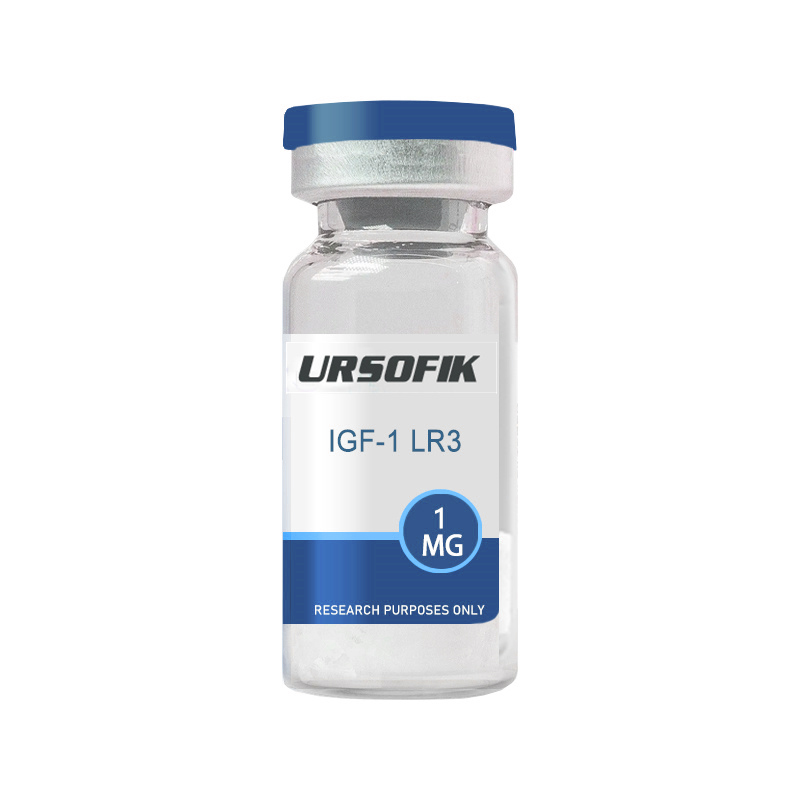
What is IGF-1 LR3? IGF-1, or insulin-like growth factor, is a potent growth factor found in mammalian blood. This peptide manages and regulates growth hormone (GH) levels. IGF-1 LR3 is the abbreviated form of IGF-1, which some researchers consider to be the most potent growth factor. IGF-1 LR3 is a chemically altered amino acid chain of 83 amino acids. At position 3 on the chain, Glu(E) is replaced by Arg(R), resulting in the name LR3. This substitution at position 3 prevents IGF-1 from binding to proteins, thereby extending its half-life. Possible Applications of IGF-1 LR3 Insulin-like growth factors have been extensively studied and tested clinically. Below we will highlight some potential future research implications of IGF-1 LR3, known as IGF-binding protein. Possible Promotion of Cell Division Like IGF-1, IGF-1 LR3 is a potential potent stimulator of cell proliferation and division. Its main potential effects are thought to be on connective tissues such as muscle and bone. But it may also promote cell division in kidney, liver, skin, nerve, lung, and blood tissue. Of note, studies have shown that IGF-1 LR3 and ...
Read More
HMG (Human Menopausal Gonadotropin) – Product Information HMG, also known as human menopausal gonadotropin, was originally formulated to help women get pregnant. It is considered a fertility drug chemical that stimulates the secretion of follicle stimulating hormone (FSH) and luteinizing hormone (KH) in women, thereby increasing the chances of ovulation. On the other hand, the use of HMG has changed and is currently being studied for its potential effects on testosterone production in men. Ultimately, HMG can help users increase muscle mass and ultimately improve sexual health. Specific reproductive health centers can provide training on how to use HMG for female subjects. Although HMG for sale can provide the benefits listed above, we should not consider this experimental chemical a very successful drug. What is HMG? H uman menopausal gonadotropin (HMG) is being studied experimentally as a treatment for female fertility issues. This experimental drug is excreted in the urine of postmenopausal women. It is also known as gonadotropin. It contains follicle stimulating hormone (FSH) and luteinizing hormone (LH), which help healthy ovaries produce eggs. HMG is often used with anoth ...
Read More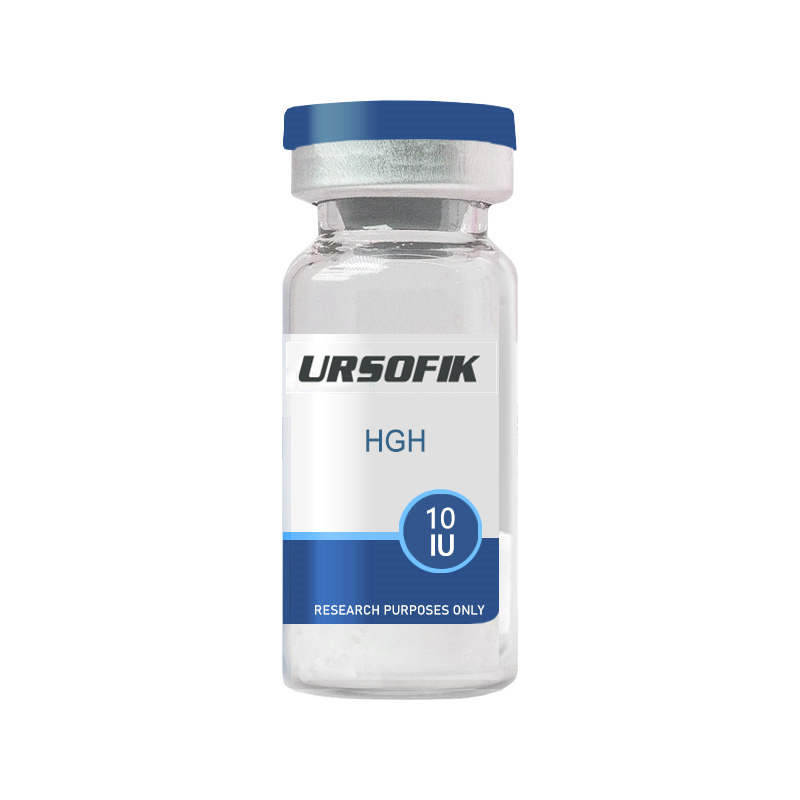
Is HGH a steroid? Is HGH (human growth hormone) a steroid? No, HGH is a peptide hormone, not a steroid. Peptides are substances made up of two or more amino acids. People often confuse human growth hormone (HGH) with other substances that can improve athletic performance, but HGH is not a steroid. What is HGH Your body produces HGH in the pituitary gland. Your body produces new cells every day to replace those that degenerate and die over time. HGH helps your body produce these replacement cells. When your body can't repair its cells or produce enough new cells, you begin to show signs of aging. What happens when your body starts to produce less HGH As we age, the pituitary gland slows down the production of growth hormone. This process can begin in our thirties. By our forties and fifties, the body begins to feel the effects of this growth hormone deficiency. You may notice one or more of the following signs of low growth hormone: It becomes increasingly difficult to maintain an ideal weight through diet, exercise, and healthy habits. Even people who have always been "naturally thin" may find themselves gaining weight and not wanting to lose it. As a result, you may feel depressed. You ma ...
Read More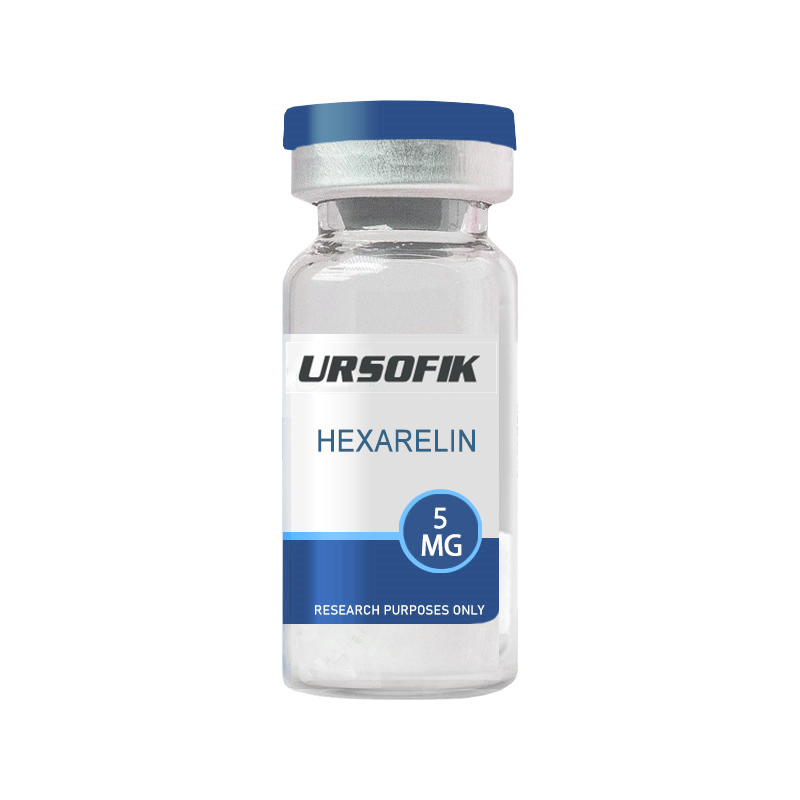
What is Hexarelin? Hexarelin is a synthetic hexapeptide that mimics ghrelin, the body’s natural gut hormone. It acts on the growth hormone secretagogue receptor (GHS-R) to trigger the release of growth hormone . The growth hormone release resulting from hexarelin treatment can improve the body’s ability to produce collagen, repair ligaments and tendons, grow muscle fibers, reduce visceral body fat, and increase bone density . While hexarelin is a ghrelin analog, studies have found that hexarelin is a superior alternative to ghrelin therapy because of its potency and stability, particularly as a cardioprotective agent. The administration of hexarelin has also been shown to provide neuroprotective benefits such as promoting the growth of new brain cells, protecting healthy brain cells, and reducing inflammation in the brain. Hexarelin Benefits and Uses Hexarelin is frequently sought out for its marked effects on fat loss and muscle-building. Its ability to affect insulin sensitivity, energy production, and lean muscle growth makes it an attractive compound for researchers wishing to enhance the body composition of their subjects. Hexarelin for Fat Reduct ...
Read More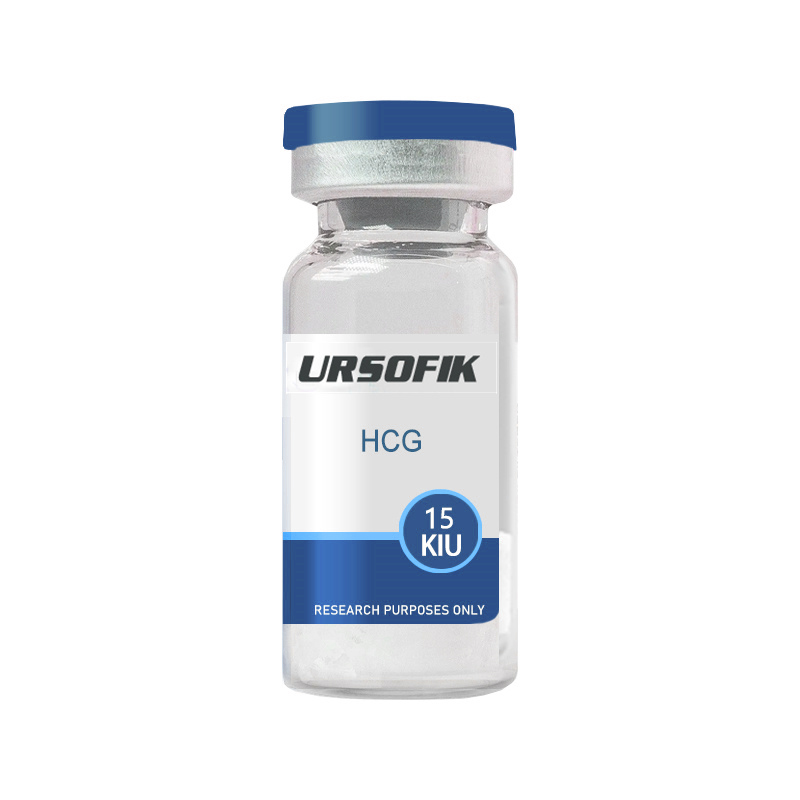
What does the hCG hormone do? Human chorionic gonadotropin is a hormone that is primarily produced by the syncytiotrophoblast cells of the placenta during pregnancy. The hormone stimulates the corpus luteum to produce progesterone to maintain the pregnancy. The pituitary gland, liver, and colon also produce small amounts of hCG What does hCG do for men? For men or adolescent boys, HCG helps with testosterone and sperm production. HCG is also used to treat boys with cryptorchidism, a specific testicular birth problem. All About HCG Levels During Pregnancy | What is hCG? If the hCG level is below 5 mIU/mL, it is considered not to be pregnant, and if it is above 25 mIU/mL, it is considered to be pregnant. If the hCG level is between 6 and 24 mIU/mL, it is in the gray area and you may need to retest to see if the level rises to confirm pregnancy. Are there any side effects of hCG? This medicine can cause ovarian hyperstimulation syndrome (OHSS), which can be life-threatening. If you experience symptoms such as bloating, diarrhea, severe nausea, stomach pain, rapid weight gain, or vomiting, see your doctor right ...
Read More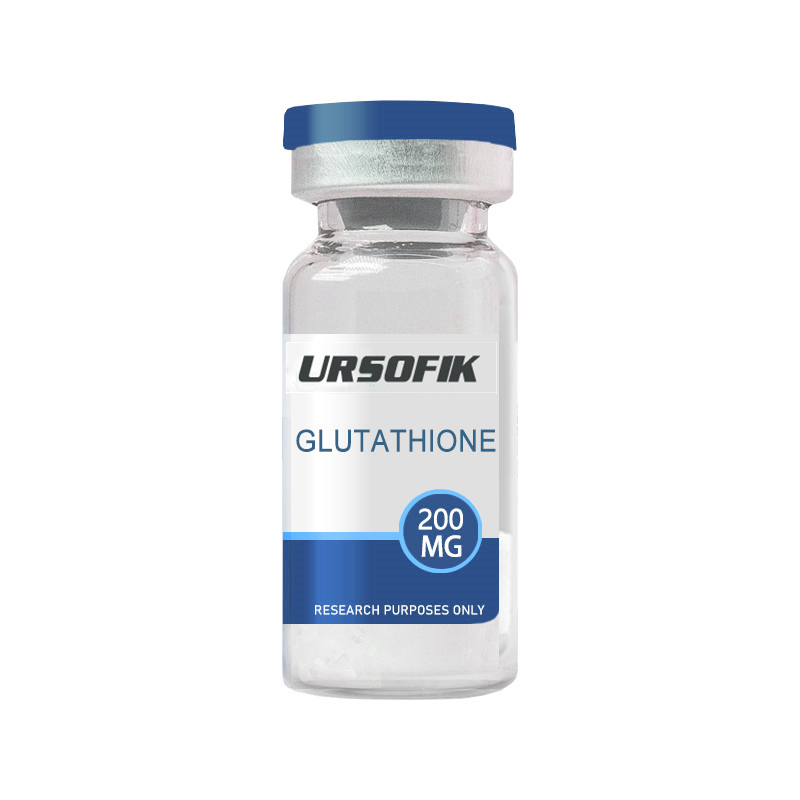
L-Glutathione Overview L-Glutat hione, also known as GSH, is a tripeptide composed of the amino acids glycine, cysteine, and glutamic acid. It is synthesized by the liver and plays a role in multiple bodily functions such as tissue regeneration, chemical and protein production, and immune system support. Glutathione acts as a powerful antioxidant, shielding cells from harm caused by free radicals and reactive oxygen species. It is present in various organisms, including plants, animals, fungi, bacteria, and archaea. Glutathione is a Powerful Antioxidant Glutathione (GSH) is a powerful antioxidant that is found in every cell of the body. It helps stave off the impact of oxidative stress, which may, in turn, reduce the risk of developing diseases such as diabetes, cancer, and rheumatoid arthritis. It can act directly as an antioxidant to protect cells against free radicals and pro-oxidants. GSH is involved in multiple cellular processes including protein folding, safeguarding protein thiols from oxidation and crosslinking, breaking down proteins with disulfide bonds, regulating cell cycle and proliferation, metabolizing ascorbate, inducing apoptosis, and promoting ferroptosis. ...
Read More
Product Description Hexapeptide-2 reduces the production and distribution of melanin to keratinocytes, brightens the skin, fights dark spots and hyperpigmentation, and evens out skin tone. Plus, it reduces the appearance of fine lines and wrinkles. Hexapeptide-2 is a safe and useful ingredient for after-sun repair, skin lightening and anti-aging skin care applications. It can be used in whitening cream, skin color balance and brightening products.Hexapeptide-2 can reduce the aging level of cells by inhibiting the activity of β-galactosidase, such as the reduction of collagen synthesis. Therefore, hexapeptide-2 also has anti-aging and anti-wrinkle effects. About us MOL Changes is based on bioactive peptide R&D and production, providing high end peptide molecule biologics for pharmaceutical and cosmetic companies. Already occupying 30% share of Melanotan-II tanning peptide in China's export market, we have passed ISO; Halal; Kosher; FDA; SGS and many other certifications for the record. In the future, MOL Changes' vision is to become a global leading company in individual bioactive peptide products, and to establish a strong product matrix in the peptide field to help our cu ...
Read More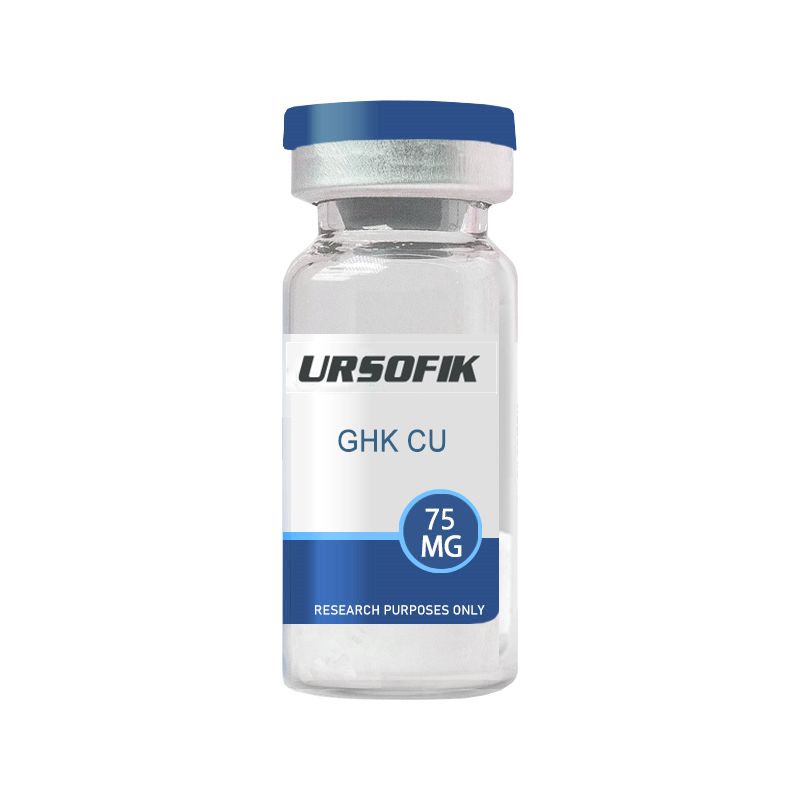
GHK-Cu (Copper Peptide) Overview GHK-Cu, also known as copper peptide GHK-Cu, is a naturally occurring copper complex of the tripeptide glycyl-L-histidyl-L-lysine. It was first isolated from human plasma and has since been found in other areas of the body, such as saliva and urine. Copper peptides are naturally occurring protein fragments that have a strong attraction to copper ions and are thought to play a vital role in the normal functioning of the body. GHK-Cu has been the subject of numerous studies, which have revealed several roles and benefits in the human body. GHK-Cu and Wound Healing GHK-Cu has been shown to improve the healing of ischemic open wounds in rats, leading to faster healing. It stimulates the synthesis of collagen, elastin, and glycosaminoglycans in the skin, which are essential for wound healing. In the same study, wounds treated with GHK-Cu showed a decreased concentration of metalloproteinases 2 and 9, which are enzymes involved in the breakdown of extracellular matrix during the wound healing process . GHK-Cu stimulates collagen and decorin production, which are essential for tissue regeneration and wound healing. It also incre ...
Read More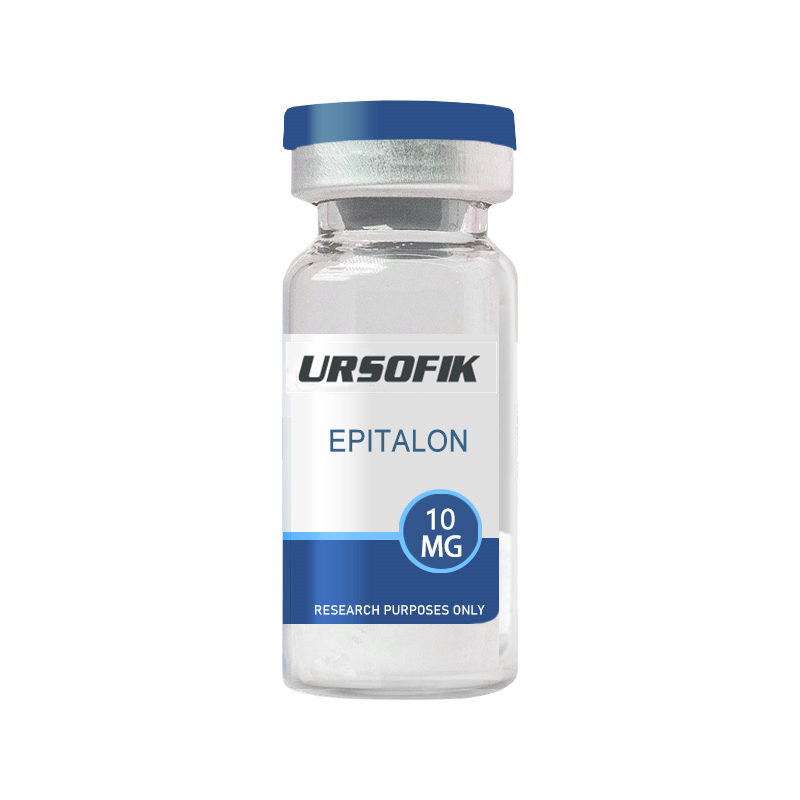
What is Epitalon (Epithalon) Peptide? Epitalon , also known as Epithalon or Epithalone, is a synthetic version of a naturally occurring polypeptide called Epithalamine, which is produced in the pineal gland. This tetrapeptide, consisting of four amino acids bound together, plays a significant role in the body’s ability to combat aging and promote rejuvenation. Discovered by Russian scientists Vladimir Khavinson and Vladimir Anisimov, Epitalon has been the subject of numerous studies, primarily focusing on its potential to extend lifespan and improve health by stimulating the production of telomerase, an enzyme that aids in the maintenance and repair of telomeres. Epitalon and Telomere Length Epitalon is a synthetic peptide known for its potential to influence the aging process by affecting telomeres, the protective caps at the ends of chromosomes. Research has shown that Epitalon can stimulate the production of telomerase, an enzyme that plays a key role in maintaining and extending telomeres. This process is crucial because as cells divide, telomeres naturally shorten, leading to aging and eventual cell death. By promoting telomerase activity, Epitalon may h ...
Read More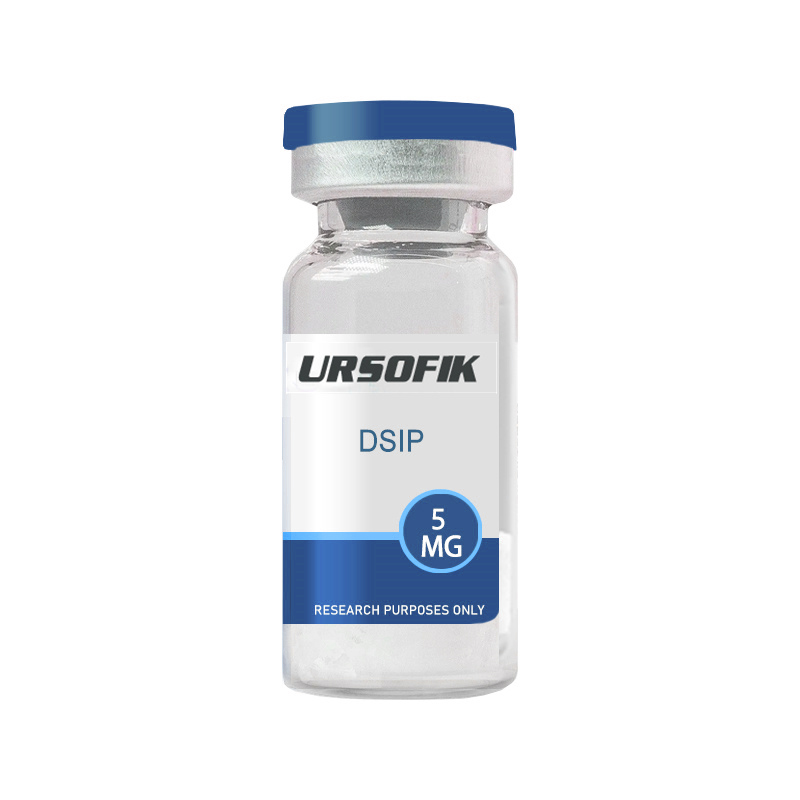
DSIP Research Overview Delta Sleep-Inducing Peptide (DSIP) is a peptide with a molecular weight of 850 daltons. It has the amino acid motif: N-Trp-Ala-Gly-Gly-Asp-Ala-Ser-Gly-Glu-C. DSIP plays various roles, such as endocrine regulation, disease and medicine, and sleep induction. However, the connection between DSIP and sleep is not fully understood due to the lack of isolation of the DSIP gene, protein, and potential receptor. Research has been conducted on the effectiveness of DSIP in treating insomnia, pain, and withdrawal. DSIP has shown the ability to counteract opiate receptors, leading to a significant reduction in opioid and alcohol dependence. Clinical trials are currently underway to explore its potential in treating withdrawal syndrome. Additionally, DSIP has been found to alleviate narcolepsy and restore disrupted sleep patterns in certain studies. DSIP and Sleep Research Delta sleep-inducing peptide (DSIP) is a nonapeptide that was discovered in 1977 for its ability to stimulate slow or delta wave sleep. DSIP has been studied for its potential therapeutic effects on sleep and pain. Here are some key findings: A study ...
Read More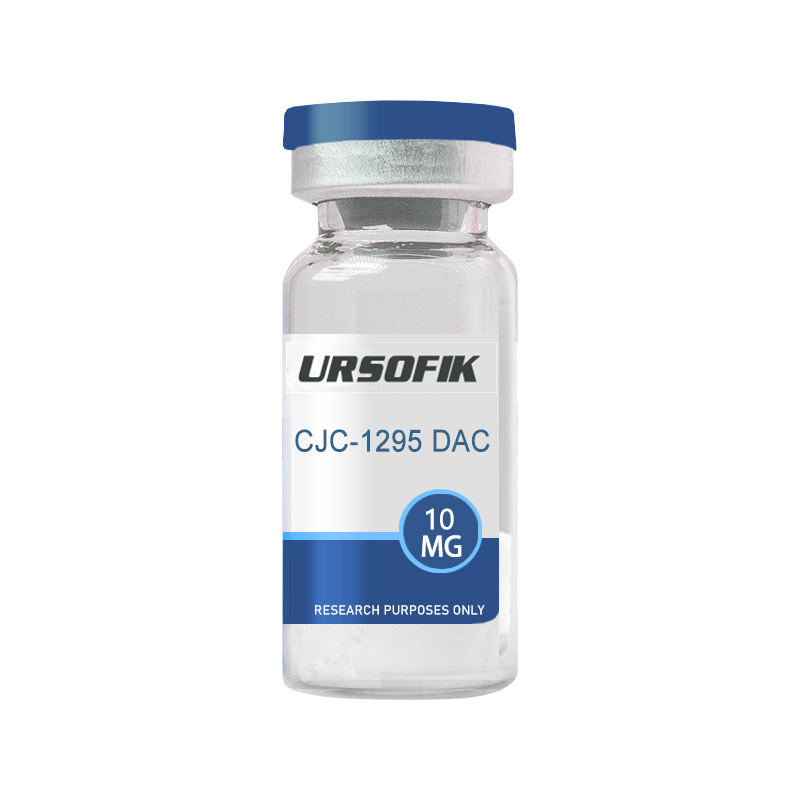
Compound Class: Peptide Mechanism of Action: CJC-1295 binds to receptors in the pituitary gland, stimulating the release of plasma growth hormone (GH) and insulin-like growth factor 1 (IGF-1). Notable studies: CJC-1295, a long-acting GH-releasing hormone analog, stimulates growth hormone (GH) and insulin-like growth factor I secretion in healthy adults over a long period of time Once-daily administration of CJC-1295, a long-acting growth hormone-releasing hormone (GHRH) analog, restores growth to normal in GHRH knockout mice Sleep and endocrine changes after intranasal administration of growth hormone-releasing hormone in adolescents and older adults Also known as: UNII-62RC32V9N7, 62RC32V9N7 Research applications: Growth hormone deficiency Body composition Sleep quality; anti-aging Risks: Limited human data Lack of FDA approval WADA banned list Chemical structure CJC-1295 structure What is CJC-1295? CJC-1295 is a synthetic analog of growth hormone-releasing hormone (GHRH) and growth hormone secretagogue (GHS) developed by ConjuChem Technologies in the mid-2000s. Originally designed ...
Read More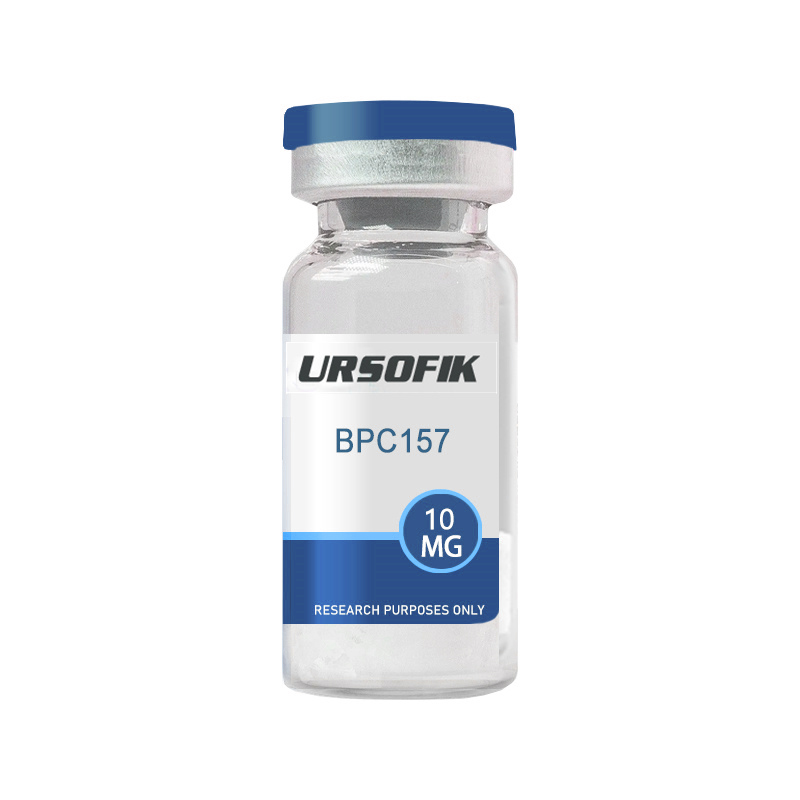
Key Benefits of BPC-157: Accelerated Healing: BPC-157 has demonstrated remarkable properties in accelerating the healing of various tissues, including muscles, tendons, ligaments, and even the gastrointestinal tract. This makes it a potential asset for individuals recovering from injuries or surgeries. Anti-Inflammatory Effects: The peptide exhibits strong anti-inflammatory properties, helping to reduce inflammation in different parts of the body. This anti-inflammatory effect can contribute to pain relief and improved mobility in individuals with conditions such as arthritis or sports-related injuries. Joint Health: Studies suggest that BPC-157 may play a role in supporting joint health by promoting the repair and regeneration of connective tissues. This can be particularly beneficial for athletes and those with joint-related issues. Gastrointestinal Support: BPC-157 has been researched extensively for its positive effects on the gastrointestinal tract. It may aid in the healing of ulcers, improve gut integrity, and support overall digestive health. Neuroprotective Properties: Some studies suggest that BPC-157 may have neuroprotective effects, potent ...
Read More

